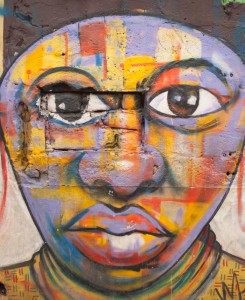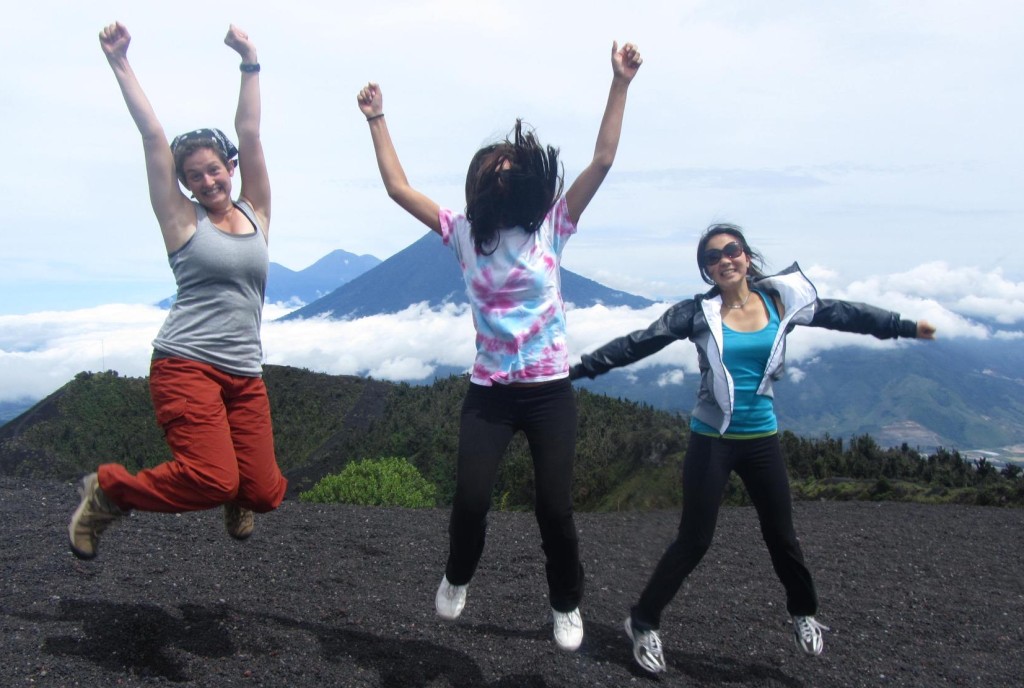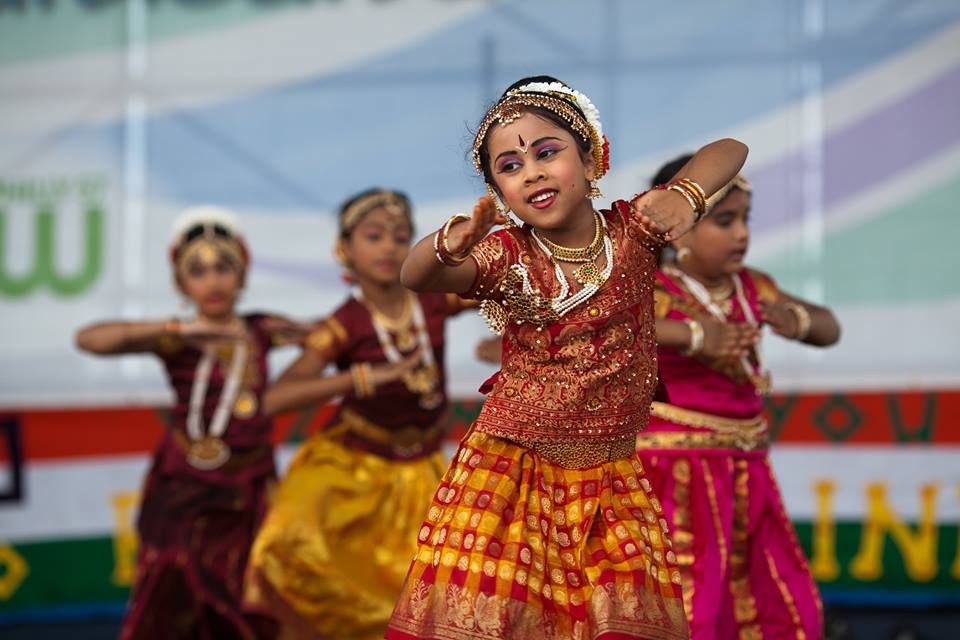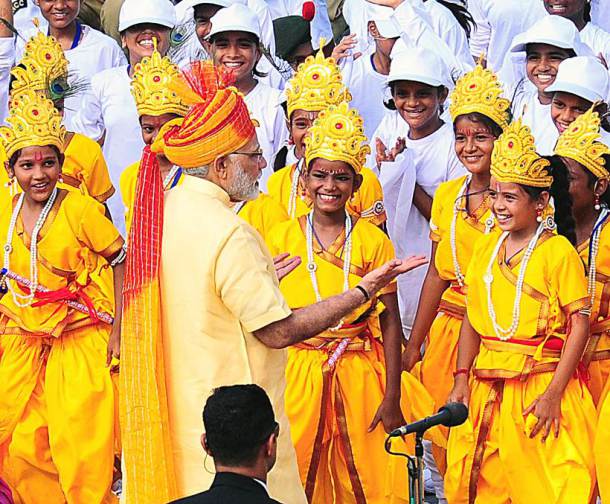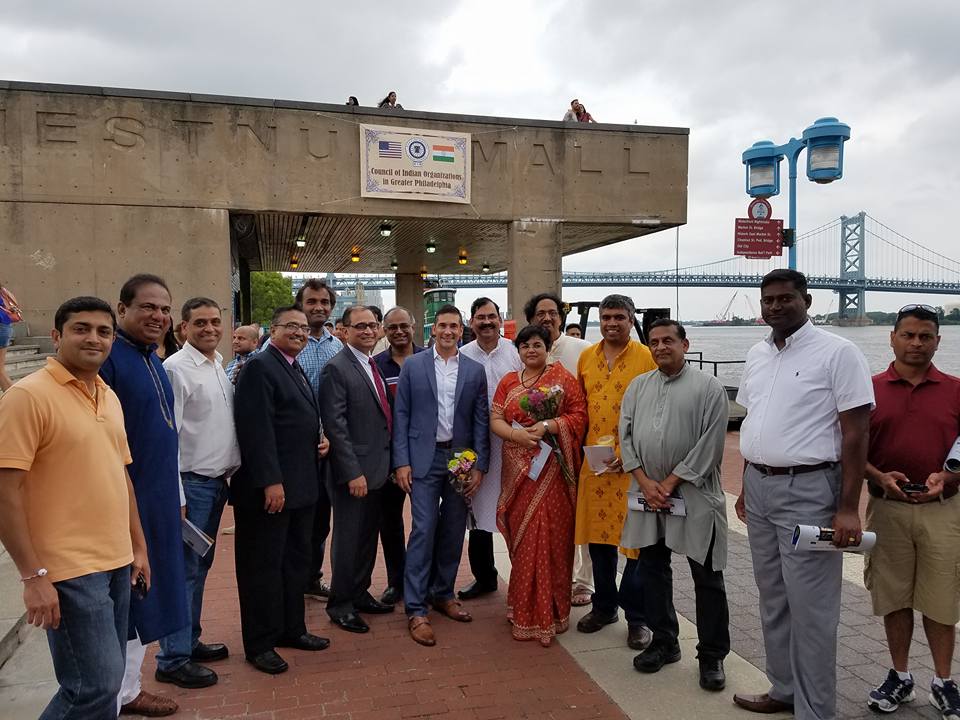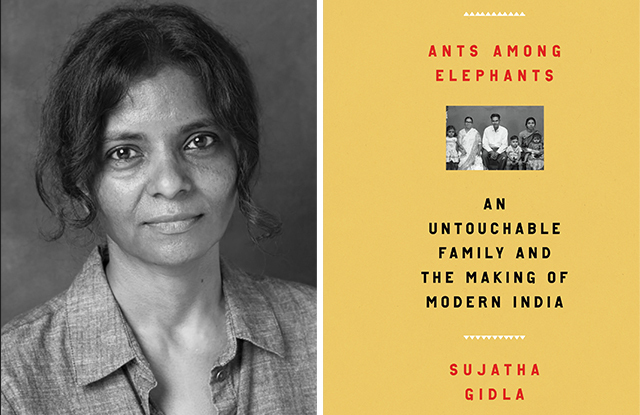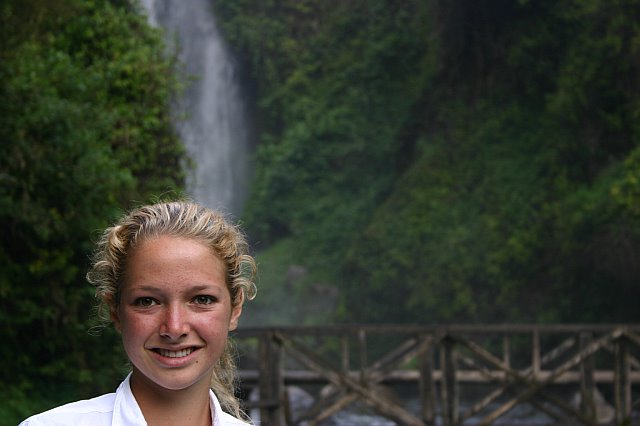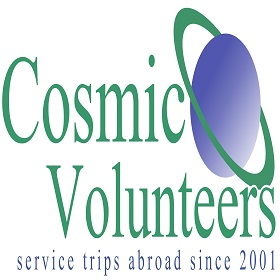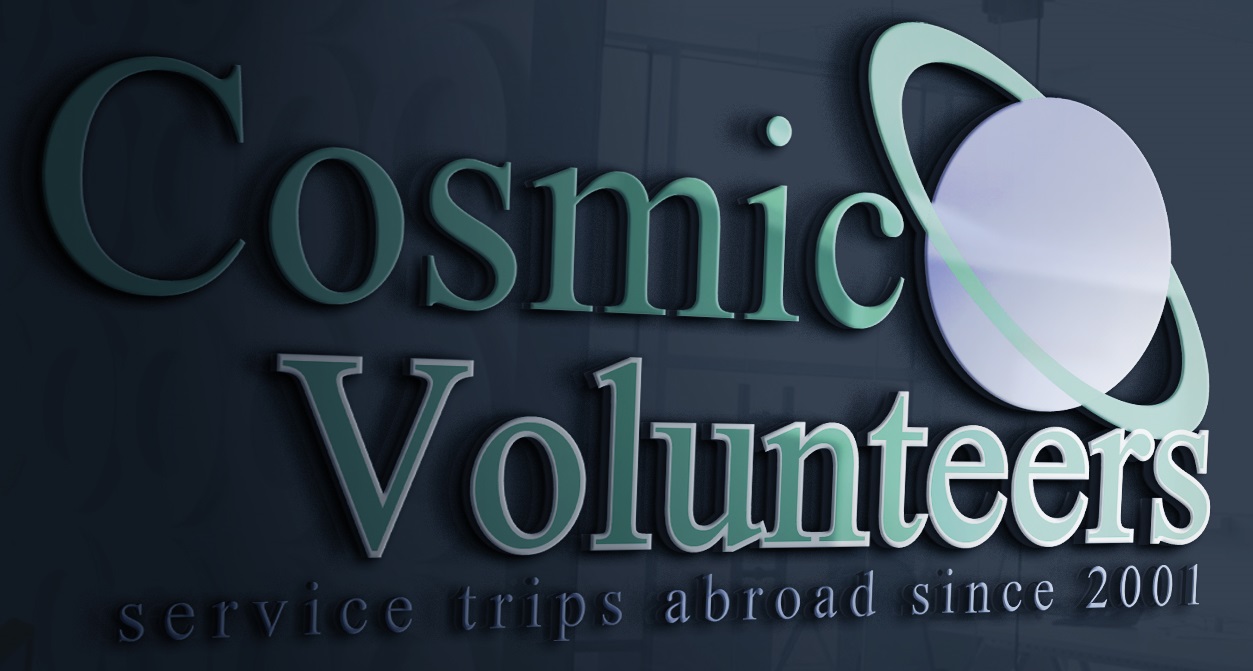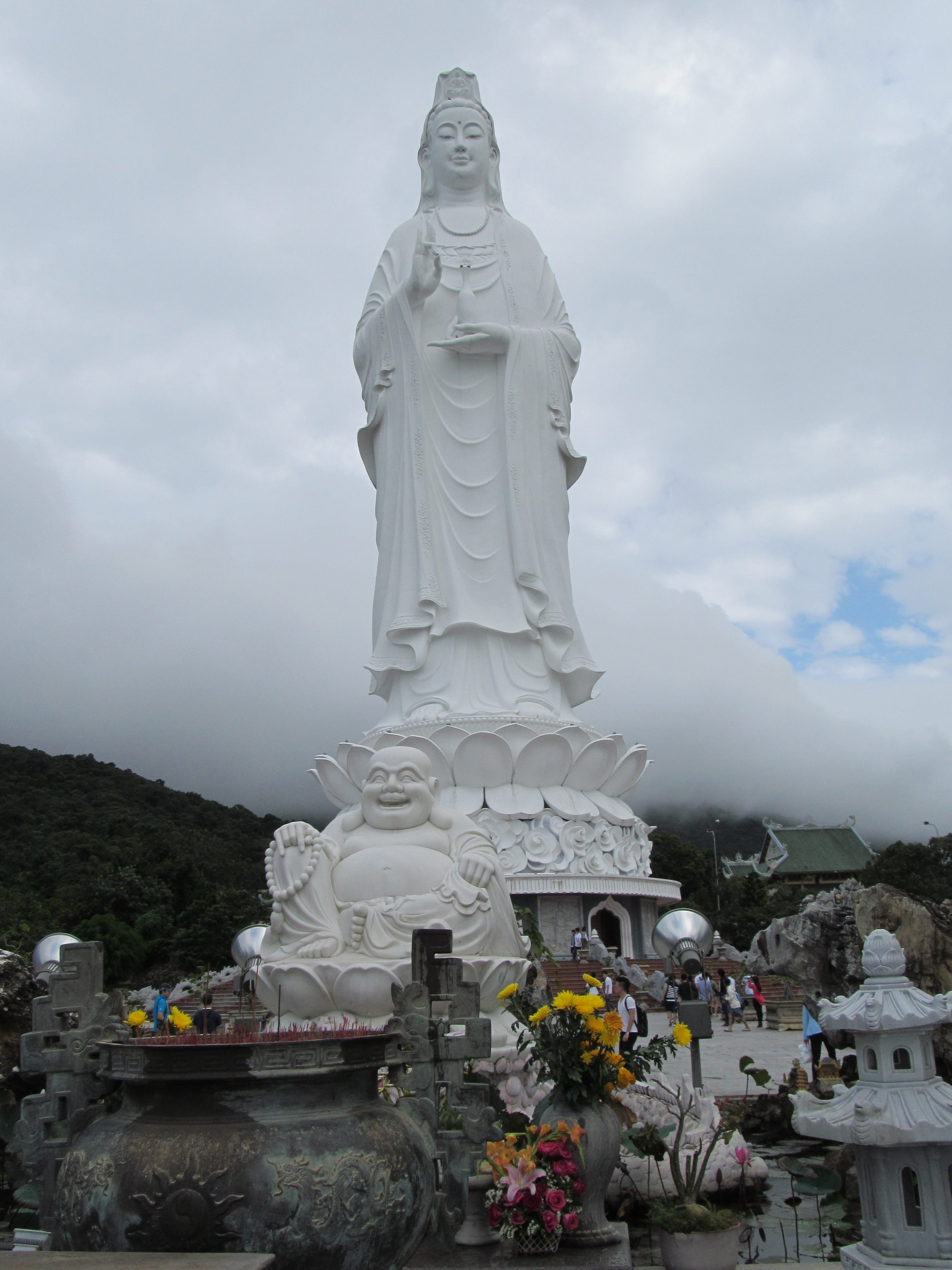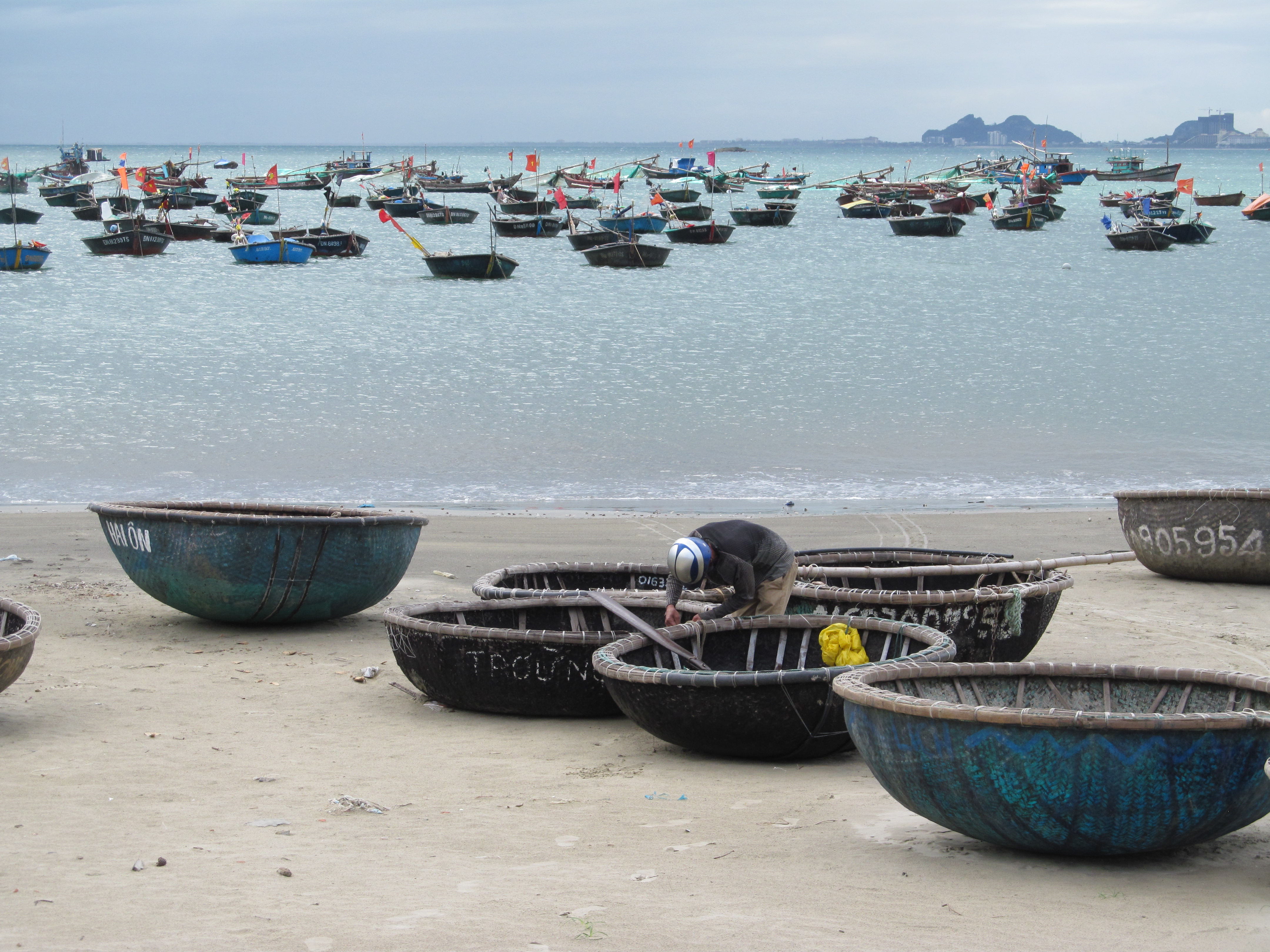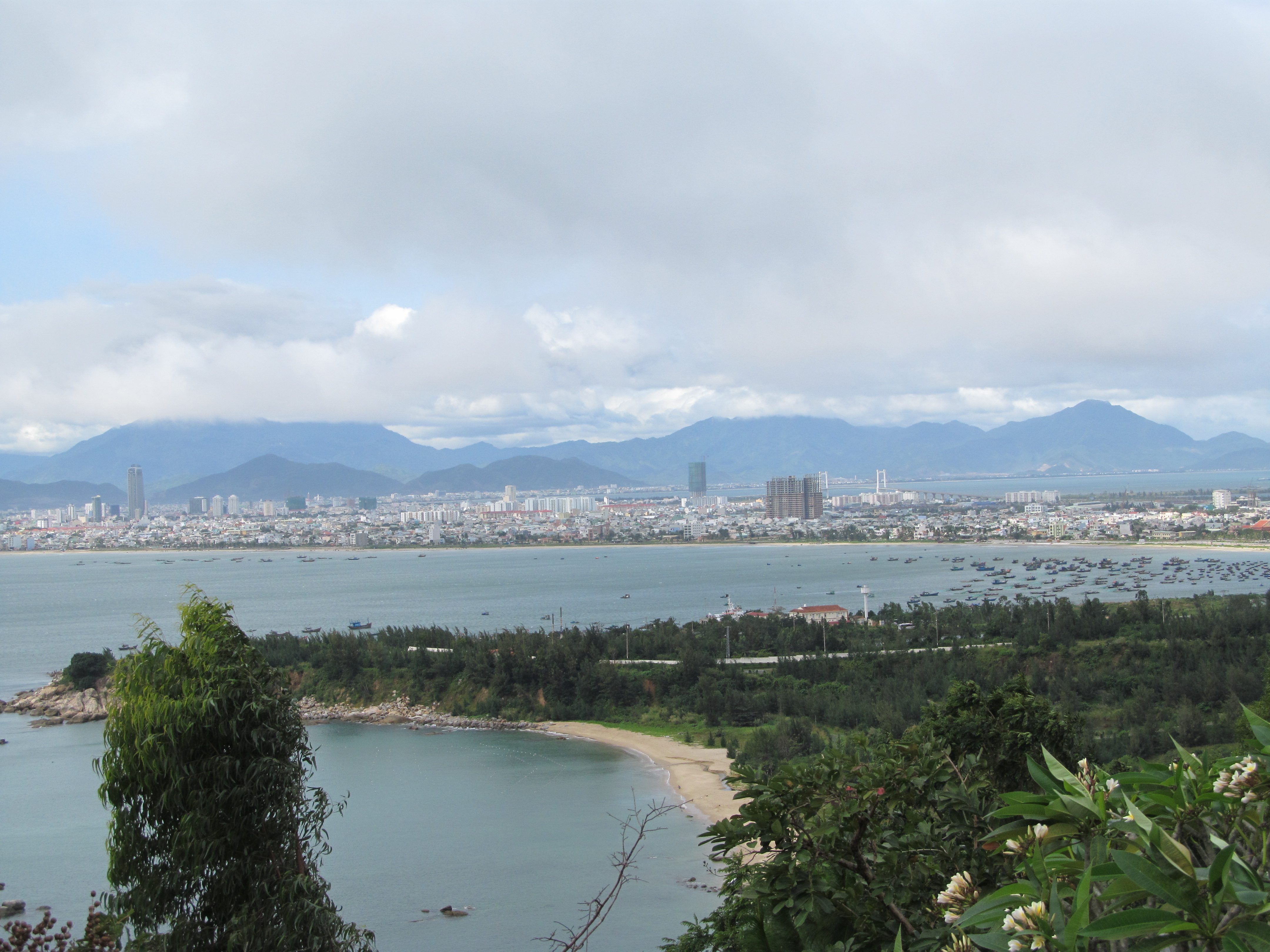Writer Dan Wilcox wrote an article the West Australian on Ghana.
The article is a couple of years old but the information is still relevant.
I first visited the country in 2003 to establish our volunteering programs in Ghana, West Africa. Our volunteers always love learning about the culture and serving Ghanaians through volunteer work.
Dan writes:
Ghana is generally regarded as an excellent introduction to West Africa and I can only agree. Yes, you will receive the odd plea for money but begging is frowned on in this devoutly Christian society…
Accra, the capital, will be a first port of call for any traveller and is worth exploring before venturing beyond. Settled initially by the Dutch and later the British, Jamestown, with its two forts and lighthouse, is Accra’s historical heart and is recommended for a walking tour.
While there, I attend the annual Chale Wote street art festival, which is as good as any I have visited. Throngs of local graffiti artists creating live art, street performers, rap battles, food and drink stalls and fashion parades add to the eclectic mix…
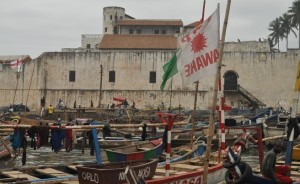
The main tourist destination in Ghana is Cape Coast. Some 200km west of Accra, it is where the Dutch and British first established their big forts. Accra transport consists of standard taxis and tro tros as a cheap alternative. These are minibuses, filled to bursting and with no timetable. Once the bus is full, it leaves…
The forts built in Cape Coast and further along the coast in Elmina were used to house slaves. The slave trade soon eclipsed the gold trade as a source of wealth for the British and it is these forts and their history that draw most tourists…

